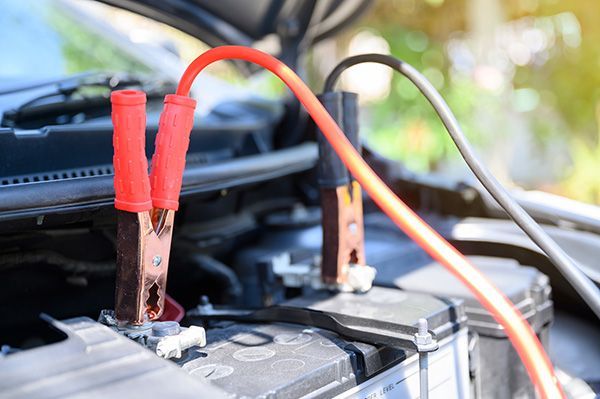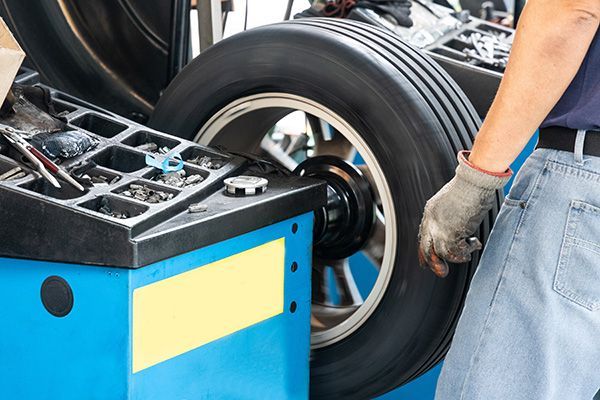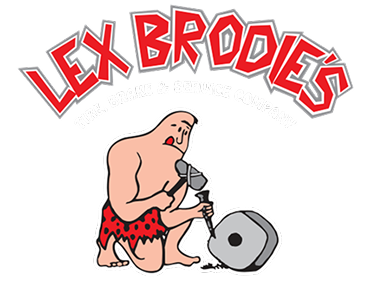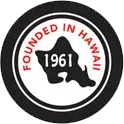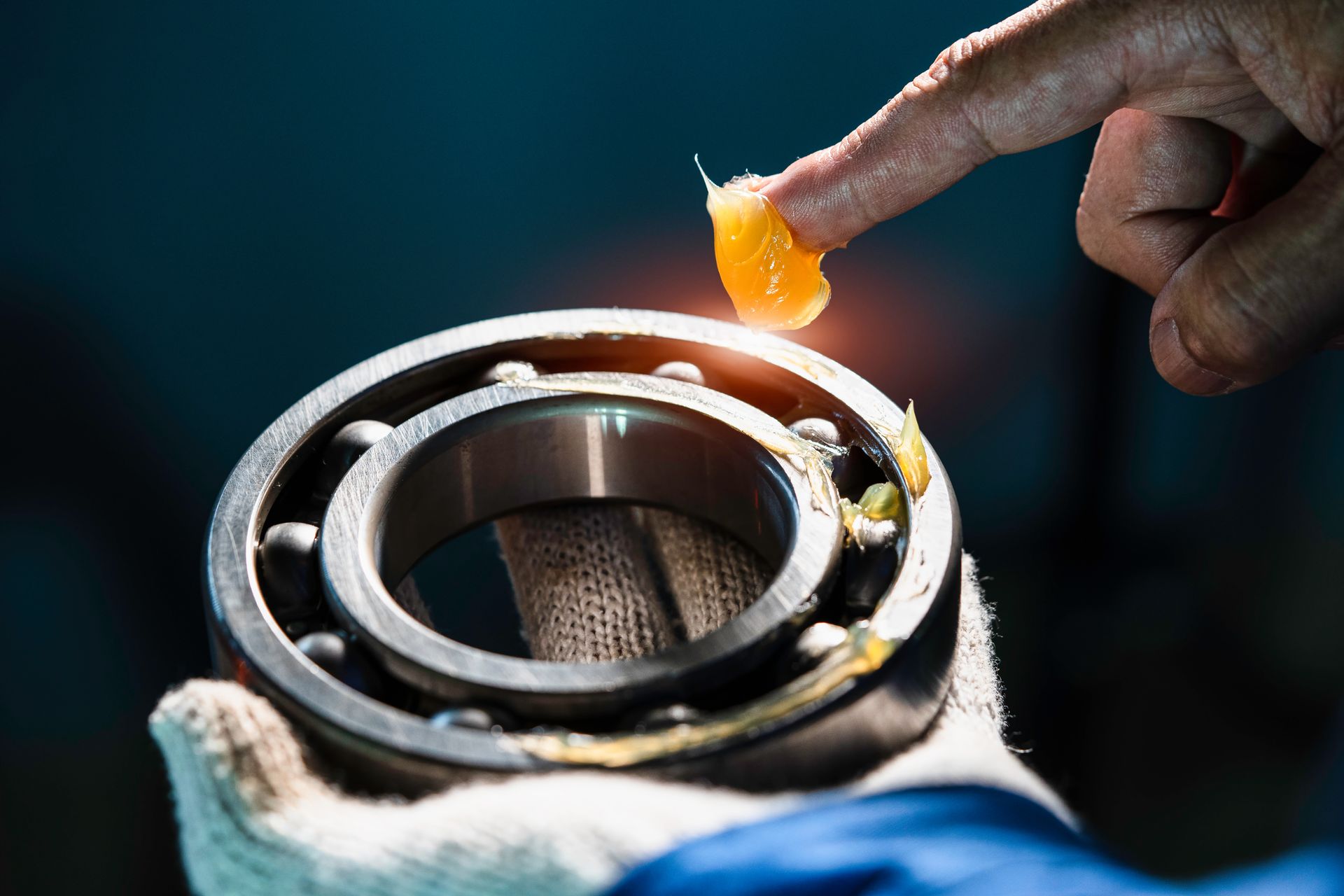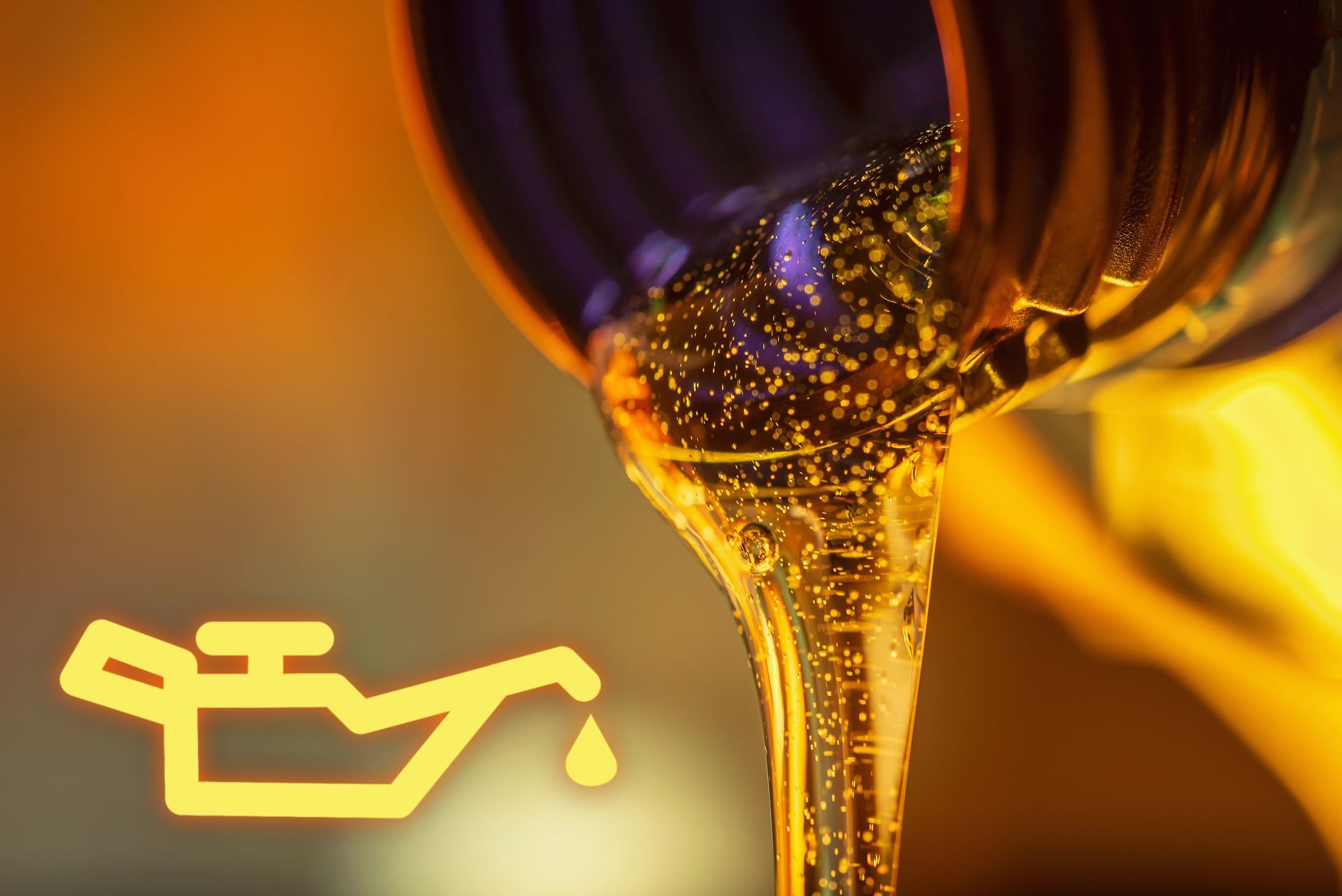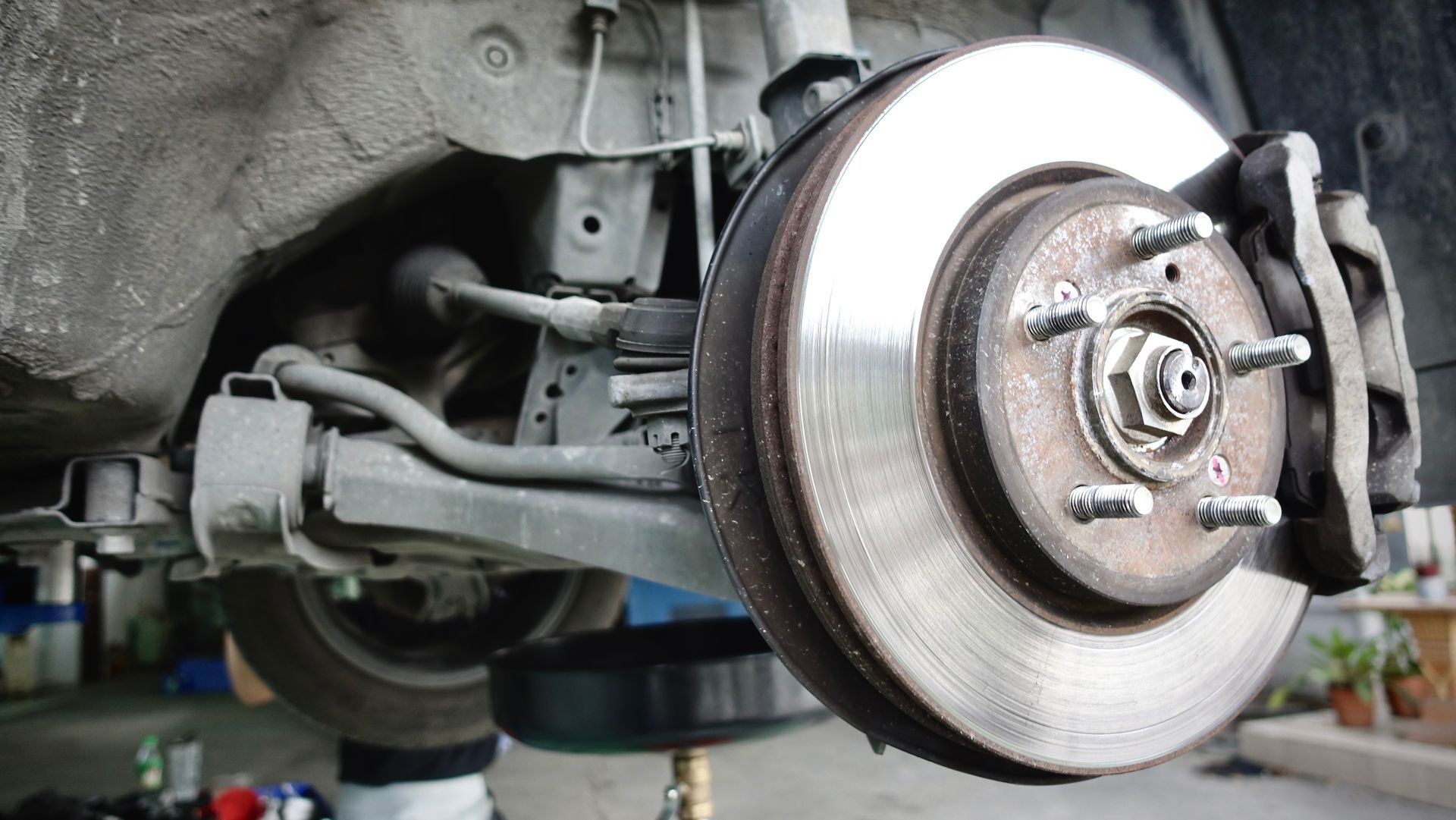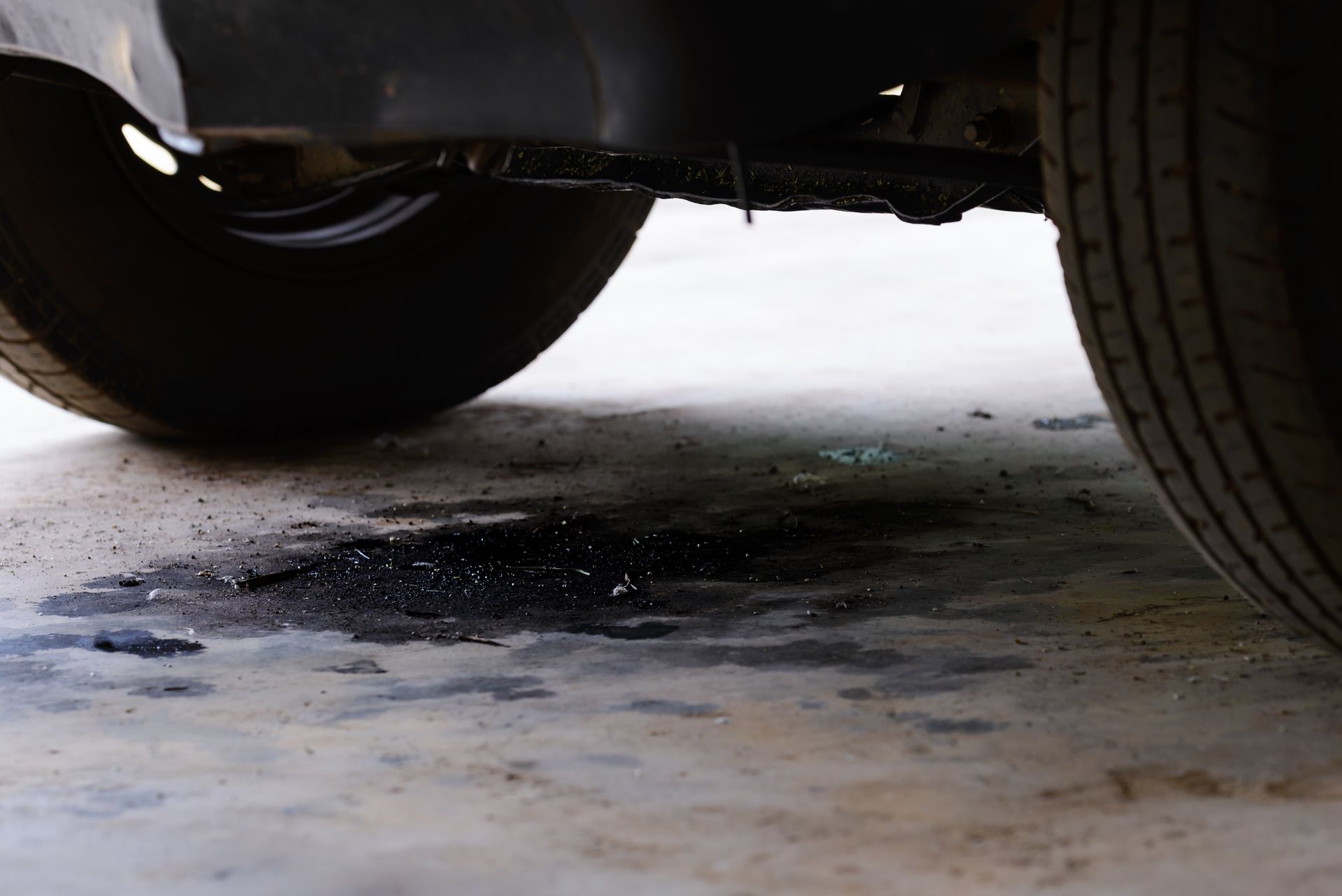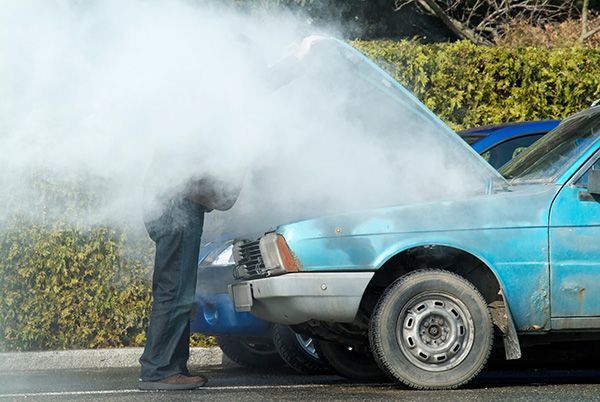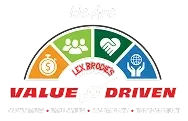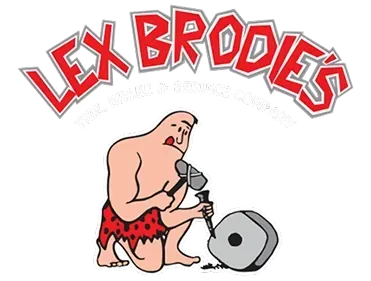What’s Causing That Loud Humming Sound From My Tires?
July 7, 2025
That low, steady humming sound while driving might seem harmless at first, but it could be your car’s way of saying something’s wrong—especially if it gets louder as you speed up. Tire noise is common, but when it turns into a noticeable hum, it’s usually a sign of uneven wear, alignment problems, or even a wheel bearing issue.
With four LexBrodies locations across Hawaii, we see this issue often—especially on island roads where conditions can change quickly between city streets and winding coastal highways. Here’s what might be behind that hum, and what you can do about it.
Uneven Tire Wear
The most common cause of tire humming is uneven wear on the tread. When tires wear unevenly—either due to poor alignment, underinflation, or suspension issues—they develop irregular surfaces that make more noise as they roll.
You might hear the hum only at certain speeds or only from a specific side of the car. If your tires feel fine but still hum, run your hand over the tread—if you feel high and low spots, cupping, or feathered edges, that’s likely your problem.
Misaligned wheels or neglected rotations are usually to blame, and while the tire may still be safe to drive on for a bit, the noise will only get worse unless the root cause is fixed.
Wheel Bearings
If the humming sound is more of a low growl that gets louder the faster you go—and especially if it seems to come from one corner of the car—it could be a worn wheel bearing.
Wheel bearings allow your wheels to spin freely while supporting the vehicle’s weight. When they wear out, they create friction that produces a humming or grinding sound. The noise often changes when you turn left or right, and it won’t go away if you rotate the tires.
Unlike uneven tire wear, a bad wheel bearing is a safety issue and should be repaired right away. If left alone, it can lead to vibration, steering issues, or even a wheel coming loose in extreme cases.
Tire Type and Road Conditions
Not all tire noise means something’s broken. Some tires are just naturally louder—especially off-road or performance tires with aggressive tread patterns. These tires hum more on smooth pavement simply because of the way they’re designed.
Certain roads also amplify tire noise more than others. Fresh asphalt tends to be quiet, while older, coarse pavement can make even quiet tires sound louder. But if you’ve had the same tires for a while and the noise just started, that’s a strong clue something has changed.
Can Tire Service Help
Absolutely—imbalanced tires can create vibration and noise, especially at highway speeds. If the hum is accompanied by a steering wheel that shakes or a car that feels unsettled on smooth roads, a tire balance check is a smart move.
It’s quick, inexpensive, and often solves the problem if it turns out your tires are just a little out of balance. However, if the hum remains, further inspection may be needed to rule out suspension wear or internal tire damage.
How to Prevent Humming in the Future
Routine maintenance is the best way to keep tire noise at bay. That means:
- Rotating your tires regularly (every 5,000–7,000 miles)
- Checking tire pressure monthly
- Aligning your wheels annually or after a hard hit
- Inspecting suspension components for looseness or wear
Also, replacing tires before they’re too worn reduces the chance of developing noise-causing wear patterns. Once a tire starts to hum due to uneven wear, the noise usually doesn’t go away—even if you fix the alignment.
Hearing a hum that wasn’t there before? Stop by any of our four
LexBrodies locations in Hawaii for a full tire inspection. We’ll check for uneven wear, alignment issues, bearing problems, and more—so you can drive in peace again.

